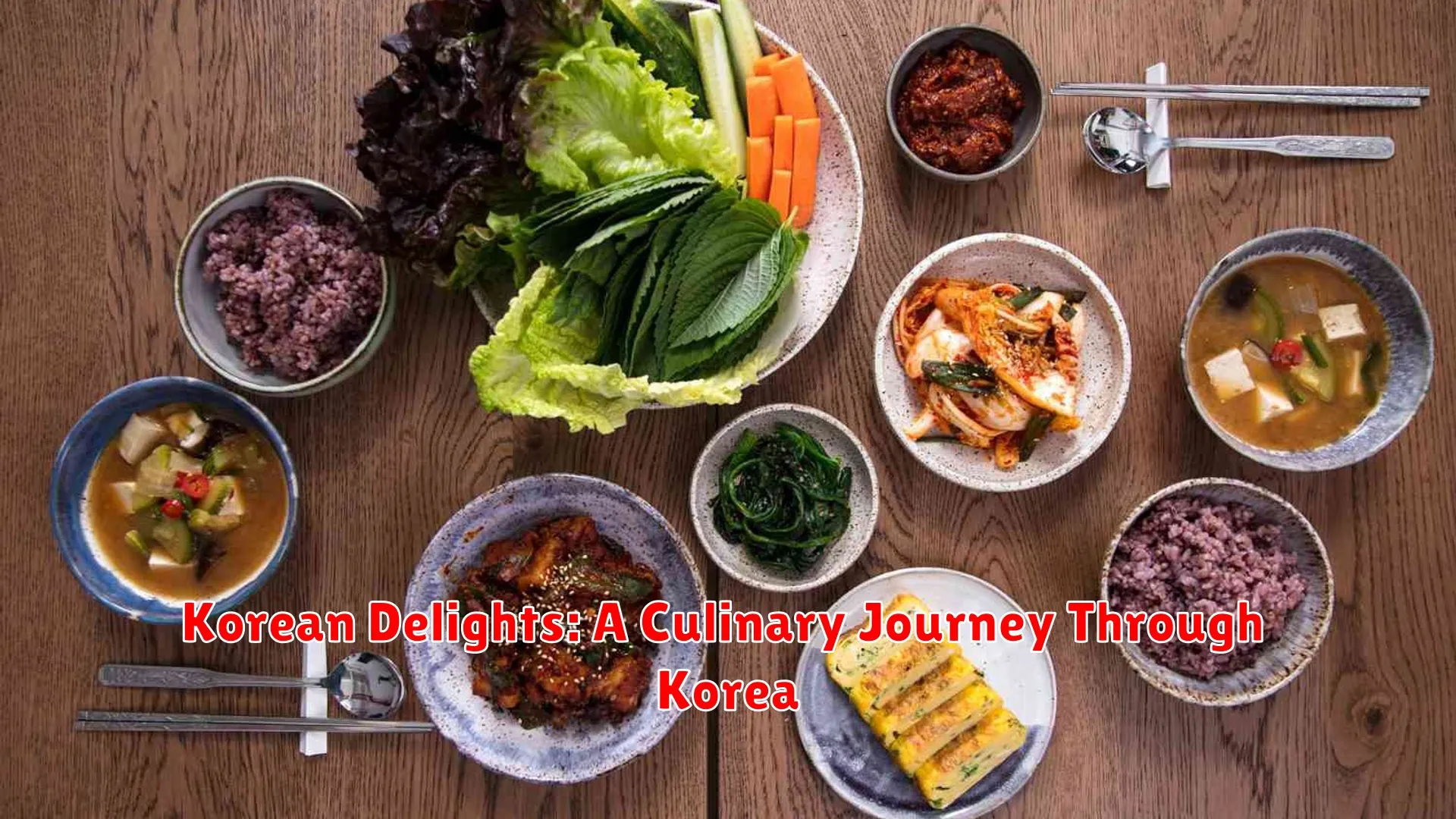Embark on a flavorful adventure through Korea with our exploration of Korean delights, from spicy kimchi to savory bulgogi. Discover the rich culinary heritage of Korea and tantalize your taste buds with traditional dishes in this gastronomic journey.
Savoring Street Food in Seoul
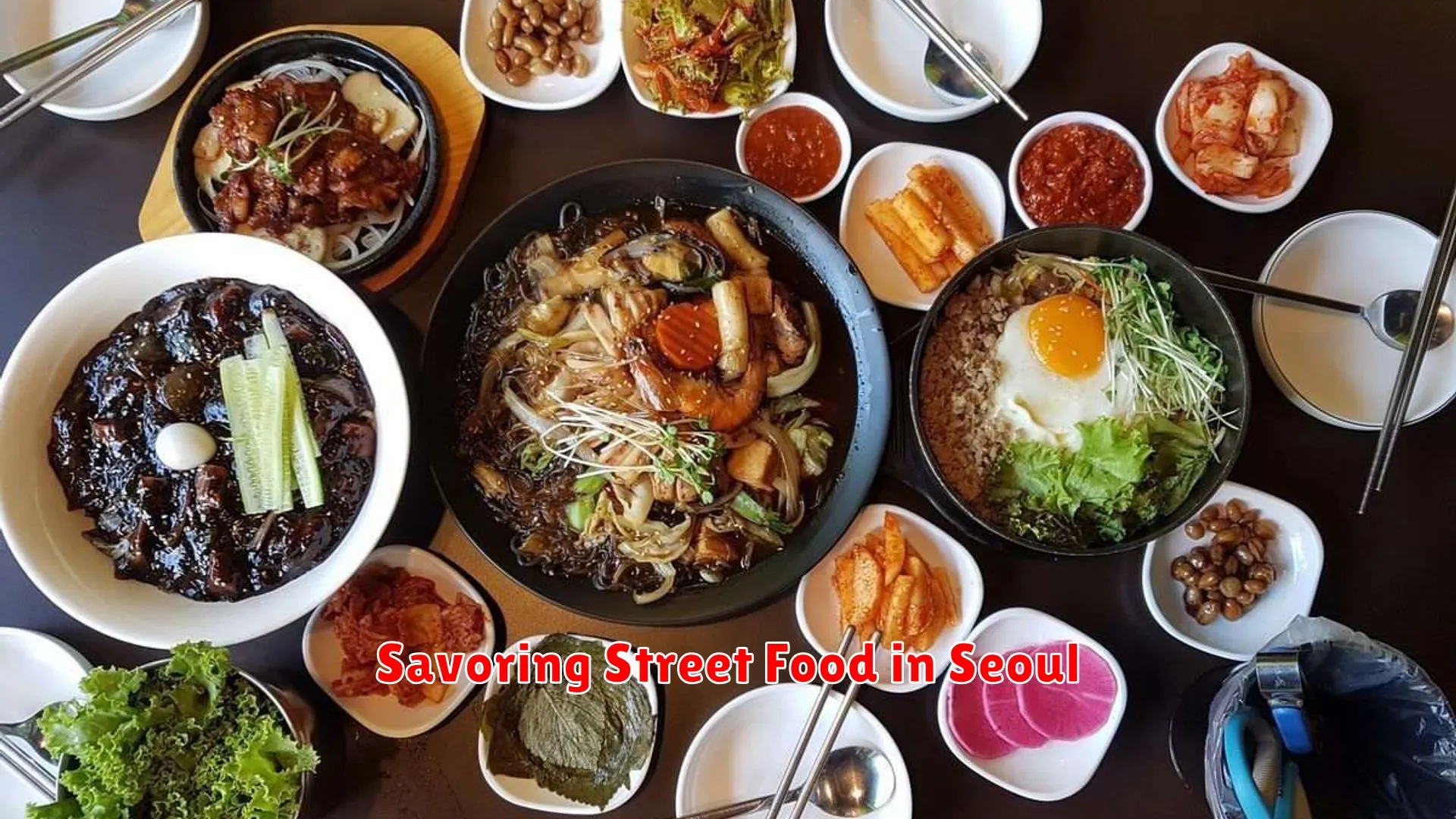
One of the most delightful ways to experience Korean cuisine is by indulging in the vibrant street food scene in Seoul. As you wander through the bustling streets filled with food stalls and carts, you’ll be captivated by the enticing aromas and colorful displays that beckon you to taste a variety of delectable treats.
From savory to sweet, Seoul’s street food offerings cater to every palate. You can savor tteokbokki, a popular dish of spicy rice cakes, or try hoeddeok, a sweet and chewy pancake filled with brown sugar and nuts. Don’t miss out on odeng, fish cake skewers swimming in a warm savory broth, perfect for warming you up on a chilly day.
Exploring the street food vendors is not just about satisfying your hunger; it’s a cultural experience that gives you a glimpse into the heart of Korean culinary traditions. You’ll find locals and tourists alike lining up to sample these affordable yet flavorful snacks that are a beloved part of Korean food culture.
Traditional Korean Cuisine
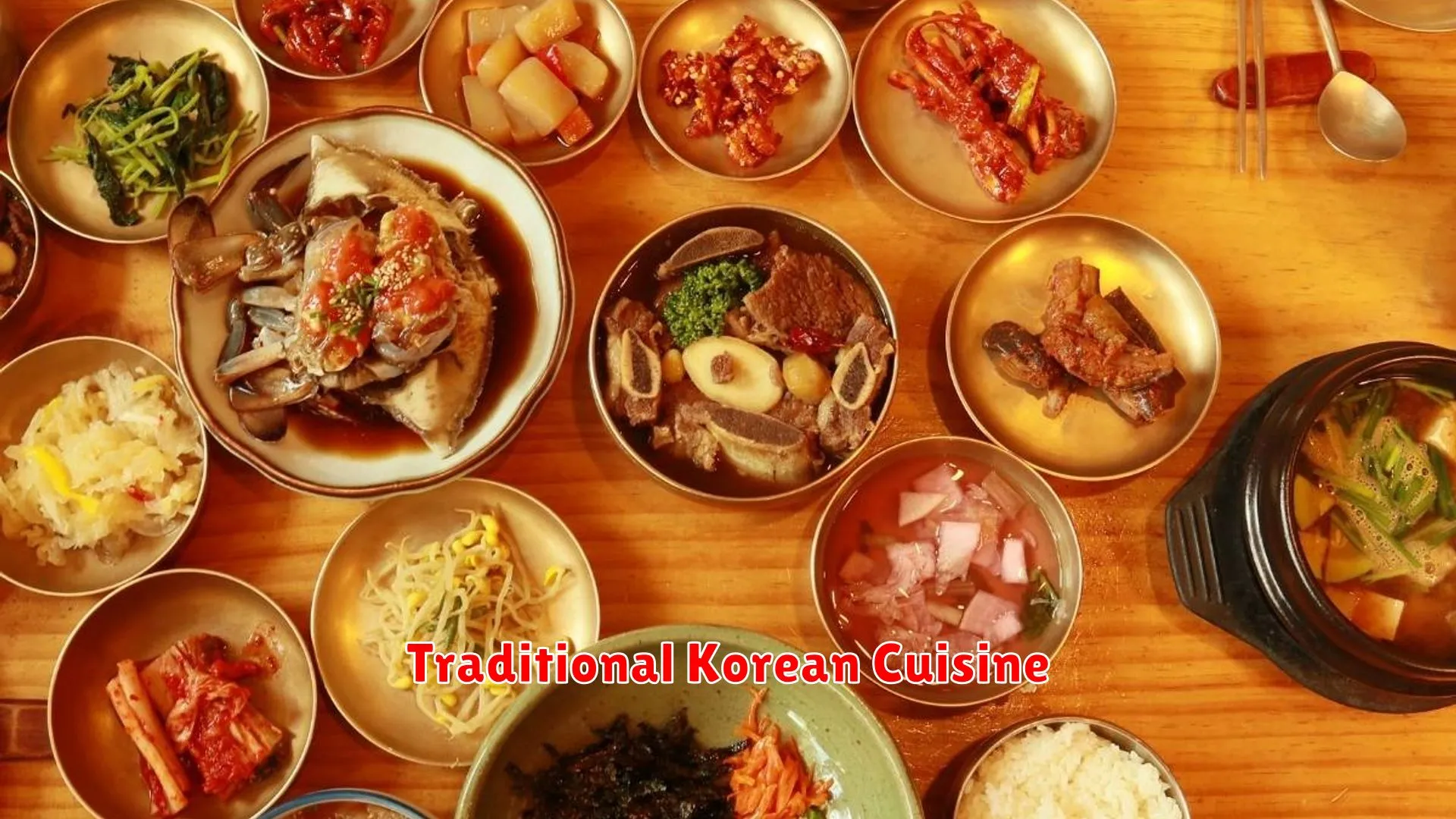
In the vibrant world of Korean cuisine, traditional dishes hold a special place, reflecting the country’s rich culinary heritage and cultural traditions. Korean cuisine is known for its bold flavors, use of fresh ingredients, and meticulous preparation techniques passed down through generations.
One of the most iconic traditional Korean dishes is Kimchi, a fermented vegetable dish typically made with cabbage, radish, and a variety of seasonings. This spicy and tangy side dish is not only a staple in Korean homes but also a symbol of Korea’s culinary identity.
Another beloved classic is Bibimbap, a colorful mixed rice bowl topped with assorted vegetables, protein (such as beef or tofu), and gochujang (Korean chili paste). The vibrant presentation and harmonious blend of flavors make Bibimbap a favorite among locals and visitors alike.
Bulgogi is a marinated grilled beef dish that showcases the exquisite balance of sweet and savory flavors that Korean cuisine is famous for. The tender, thinly sliced beef is often served with rice, lettuce leaves for wrapping, and an array of accompanying side dishes.
For a comforting and hearty meal, Kimchi Jjigae comes to mind. This kimchi stew, simmered with pork, tofu, and vegetables, offers a satisfying blend of spiciness and umami that warms both the body and soul, especially during cold winter days.
Exploring traditional Korean cuisine is not just a culinary experience but a journey into the heart of Korean culture and traditions. Each dish tells a story, evoking a sense of nostalgia and connection to the past while also embracing the vibrant flavors of the present.
Modern Twists on Korean Dishes
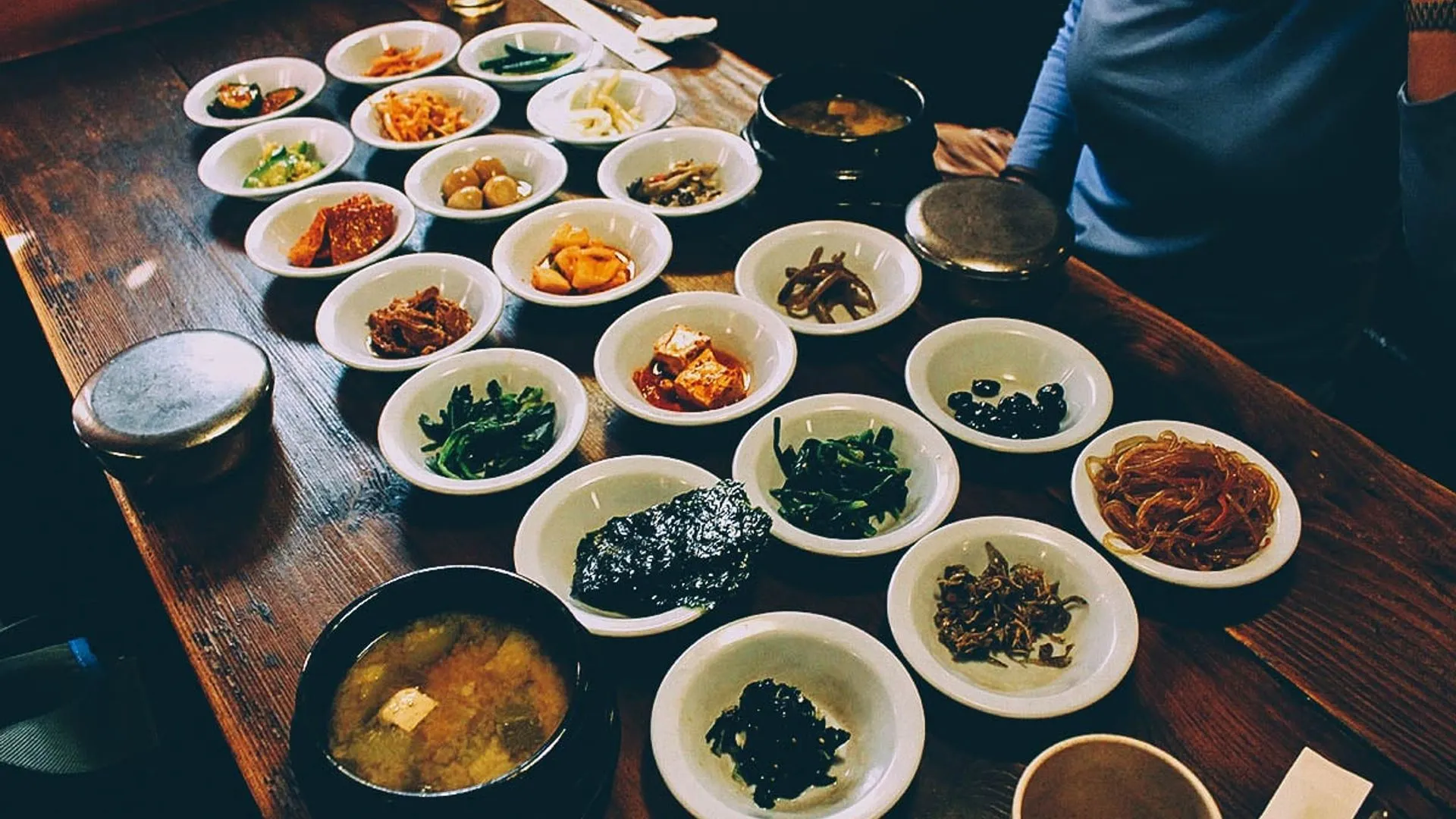
As we embark on a culinary journey through Korea, we can explore the fusion of traditional Korean flavors with innovative cooking techniques to create modern twists on classic dishes. These contemporary interpretations bring new dimensions to the vibrant and rich Korean food culture, appealing to both locals and global food enthusiasts.
Fusion Kimchi Tacos
One example of a modern twist is the popular Kimchi Tacos. Traditional Korean kimchi, with its spicy and tangy flavors, is now being combined with Mexican-style tacos, offering a delightful fusion of two distinct culinary traditions. The crispy taco shell filled with savory bulgogi beef and topped with zesty kimchi creates a unique flavor profile that captivates the taste buds.
Bibimbap Bowls with a Twist
Another creative rendition is the modern Bibimbap bowls. While the traditional Bibimbap features a colorful array of vegetables, meat, and a fried egg over rice, contemporary versions may introduce unconventional ingredients like quinoa or cauliflower rice for a healthier twist. These modern bowls retain the essence of Bibimbap while catering to evolving dietary preferences.
Korean Fried Chicken Innovations
Korean Fried Chicken, a beloved dish in Korea, has also undergone modern innovations. Restaurants are experimenting with different seasonings, glazes, and cooking methods to elevate the classic fried chicken experience. Some variations include honey garlic, spicy gochujang, or even a unique combination of sweet and savory flavors. These innovative recipes have gained popularity both locally and internationally.
Food Markets and Cooking Classes
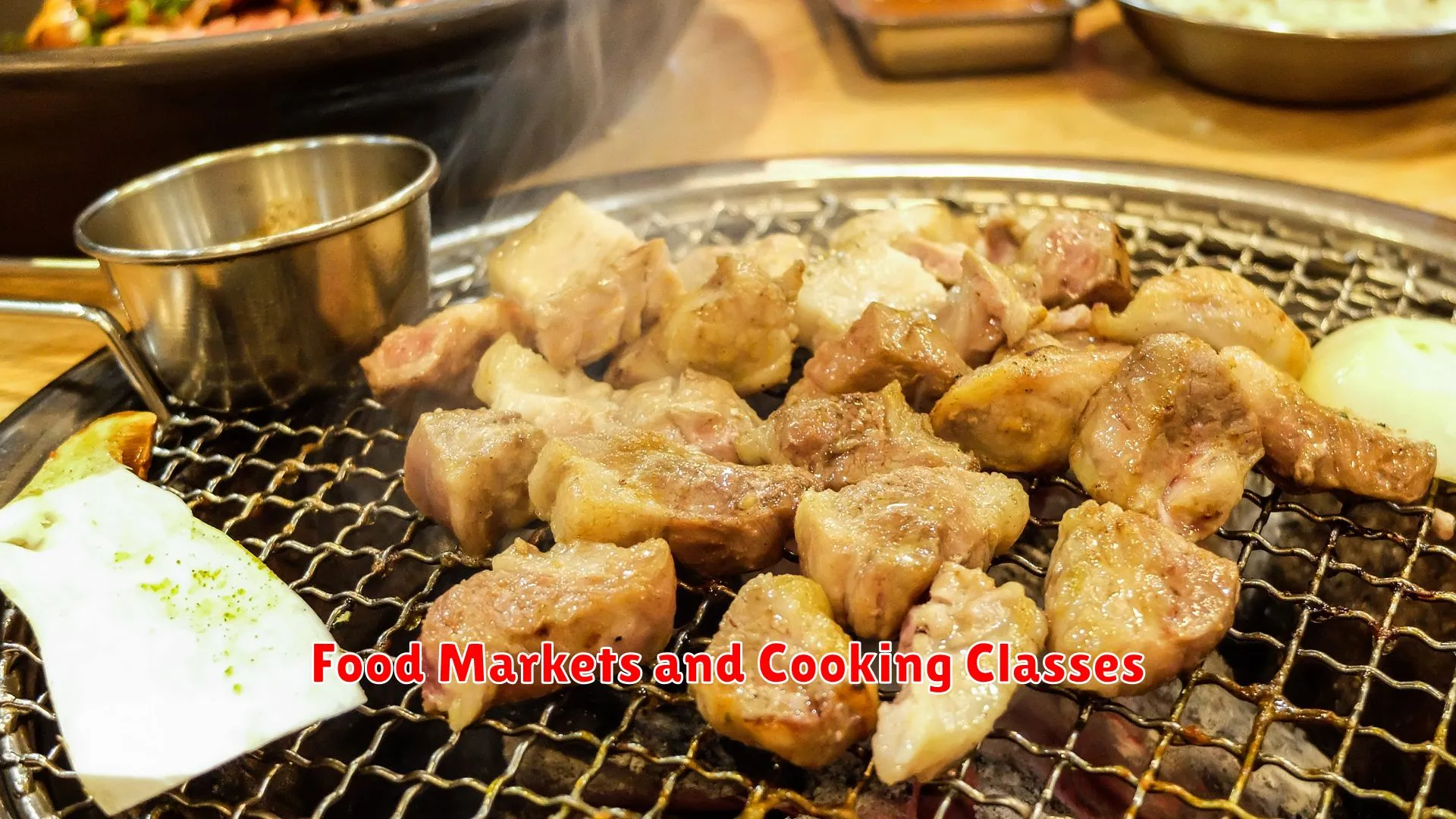
Exploring Korean cuisine goes beyond just tasting the dishes; it’s a journey that involves immersing yourself in the local food markets and participating in traditional cooking classes. These experiences allow you to delve deeper into the culinary heritage of Korea and gain a better understanding of its rich flavors and cultural significance.
Visiting bustling food markets in Korea, such as Gwangjang Market in Seoul or Jagalchi Fish Market in Busan, offers a sensory feast. Here, you can witness the vibrant array of fresh produce, colorful spices, and unique ingredients that form the backbone of Korean cooking. Interacting with local vendors and sampling street food delicacies like tteokbokki (spicy rice cakes) or bindaetteok (mung bean pancakes) are unforgettable experiences that give insight into the everyday flavors of Korea.
Meanwhile, enrolling in a cooking class provides a hands-on opportunity to learn the art of making Korean dishes from expert instructors. From mastering the art of wrapping kimchi to perfecting the techniques for cooking bulgogi (marinated beef) or bibimbap (mixed rice), these classes offer a deep dive into the intricate world of Korean culinary traditions. Not only do you get to savor your creations afterward, but you also take home invaluable skills and knowledge to recreate these dishes in your own kitchen.
Overall, combining visits to food markets with participation in cooking classes elevates your culinary journey through Korea from a mere spectator to an engaged participant. It fosters a deeper appreciation for the flavors, techniques, and stories behind Korean cuisine, leaving you with a newfound love for Korean delights that extends far beyond the dining table.
Conclusion
Exploring Korean cuisine offers a flavorful journey filled with diverse tastes and rich traditions. From spicy kimchi to savory bulgogi, each dish tells a story of Korea’s cultural heritage and culinary excellence.
